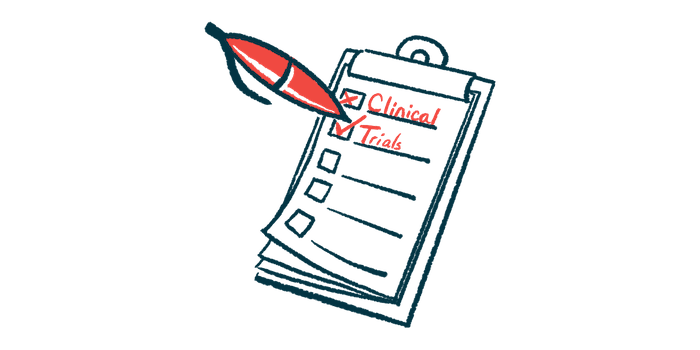FDA OKs trial to test gene therapy candidate in LGMD children
ATA-200 becomes first LGMD2C/R5 treatment in clinical development in US

The U.S. Food and Drug Administration (FDA) has given Atamyo Therapeutics the go-ahead to start a Phase 1b clinical trial to test ATA-200 — the company’s gene therapy candidate for limb-girdle muscular dystrophy type 2C/R5, or LGMD2C/R5 — in children with this form of LGMD in the U.S.
The milestone means that ATA-200 will be the first potential treatment for LGMD2C/R5 to enter clinical development in the country, according to Atamyo. The first U.S. center is expected to open by year’s end, the company said in a press release.
“This IND [investigational new drug] clearance [is] an important step to bring ATA-200 to U.S. children suffering from this highly debilitating … disease,” said Sophie Olivier, MD, chief medical officer of Atamyo.
The FDA clearance follows similar decisions by regulatory authorities in Italy and France. The Phase 1b trial (NCT05973630) is expected to enroll approximately six patients, ages 6 to 13, in at least three study sites: now one in Florida, in addition to those in Paris and Milan.
In the U.S., the study is being funded by the Dion Foundation for Children with Rare Diseases.
Trial to test LGMD type 2C/R5 gene therapy in 6 children
LGMD is a type of muscular dystrophy that primarily affects the muscles in the shoulders and hips. There are several types of LGMD, caused by mutations in different genes important for muscle health.
LMGD2C/R5 is caused by mutations in the SGCG gene, which provides instructions to produce a protein called gamma-sarcoglycan. That protein is needed to help stabilize muscle fibers and prevent muscle damage.
In this disease type, deficiency of the gamma-sarcoglycan protein results in symptoms, including muscle weakness, that usually develop in childhood; heart problems also are a common complication.
ATA-200 was designed to deliver a healthy copy of the SGCG gene to muscle cells, allowing them to produce a working version of the gamma-sarcoglycan protein. The therapy delivers its genetic payload using an engineered, harmless version of the adeno-associated virus (AAV).
The treatment candidate was granted orphan drug status in both the European Union and the U.S. for LGMD2C/R5. The FDA also granted the therapy rare pediatric disease designation for this indication. These designations are meant to accelerate a therapy’s clinical development and regulatory review.
We are proud to be the first treatment for LGMD-2C/R5 to enter into clinical development in the US and we are committed to opening the first US center before year-end.
The upcoming Phase 1b trial in the U.S. will evaluate the safety and tolerability of a single infusion of ATA-200 in children with LGMD2C/R5 who can still walk.
In the study, the first three participants are given a low-dose infusion, and one-month safety data then is reviewed. If all goes according to the developer’s plans, the next three participants receive a higher-dose infusion.
The treated children will be followed for at least six months to monitor for safety outcomes and to select the optimal dose to be evaluated in future trials. Thereafter, all participants will be followed for an additional 4.5 years.
“We are proud to be the first treatment for LGMD-2C/R5 to enter into clinical development in the U.S. and we are committed to opening the first U.S. center before year-end,” said Stéphane Degove, Atamyo’s CEO.






